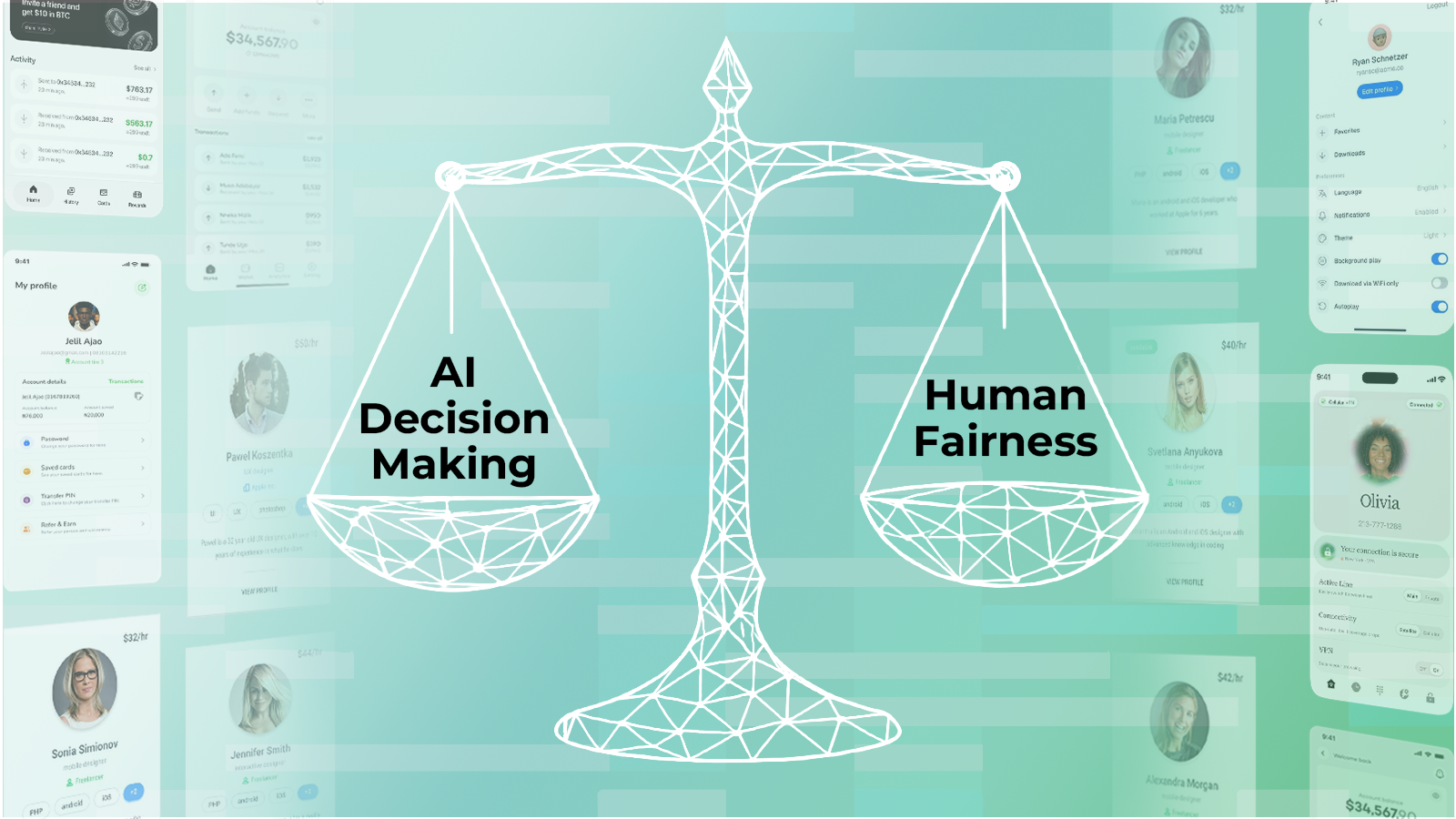We do not offer, support, or condone any illicit services mentioned in this glossary. We also do not sell any data to illegal entities. These terms are provided solely for educational and awareness purposes to help businesses understand and prevent fraud.
What is Passive Authentication?
Passive authentication is a frictionless security mechanism that verifies a user’s identity by analyzing data and behavior in real-time, without requiring them to actively enter passwords, provide biometrics, or complete additional verification steps. This approach relies on technologies like artificial intelligence (AI), machine learning (ML), and data analytics to evaluate signals such as device fingerprints, geolocation, IP addresses, and behavioral biometrics (e.g., typing speed or mouse movement).
This form of authentication is designed to improve user experience by reducing friction in the verification process while maintaining robust fraud prevention. It is commonly used in industries like banking, e-commerce, and digital platforms, where balancing security and convenience is critical.
How Does Passive Authentication Work?
Data Collection
- Passive authentication collects data silently in the background during user interactions. Key data points include:
- Device Information: Device ID, browser type, operating system, and installed applications.
- Behavioral Biometrics: Typing patterns, swipe gestures, mouse movement, and touch pressure.
- Contextual Data: Geolocation, IP address, and time of day.
Pattern Analysis
- Machine learning models analyze collected data and compare it to the user's historical behavior to determine if the current session aligns with expected patterns.
- For example, if a user typically logs in from a specific device in one location, but a login attempt occurs from a different device and location, it triggers a risk flag.
Risk Scoring
- The system assigns a risk score based on how closely the observed behavior matches the user’s baseline profile. Low-risk sessions proceed seamlessly, while high-risk sessions may require additional verification (e.g., multi-factor authentication).
Authentication Decision
- If the risk score is acceptable, the user is authenticated without any disruption.
- If anomalies are detected, the session may be blocked, flagged for review, or redirected to active authentication mechanisms.
Use Cases
Legitimate Scenarios (Adoption of Passive Authentication)
- Banking Platforms: Verifying users during online banking sessions or transactions without requiring OTPs or passwords.
- E-Commerce Platforms: Authenticating repeat customers by recognizing their device and behavioral patterns during checkout.
- Corporate Security Systems: Allowing employees seamless access to internal systems by analyzing their interaction patterns.
Fraudulent Use Cases
- Session Hijacking Exploits: Fraudsters may attempt to mimic a legitimate user’s behavior to bypass passive authentication systems.
- Device Spoofing: Attackers replicate device or network fingerprints to appear legitimate.
- Behavioral Pattern Simulation: Using advanced bots or stolen data to imitate user behaviors, such as typing speeds or mouse movements.
Impacts on Businesses
Positive Impacts
- Improved User Experience: Reduces friction for legitimate users by eliminating frequent authentication prompts.
- Enhanced Fraud Detection: Combines real-time behavioral analysis with contextual data to identify sophisticated fraud attempts.
- Cost Efficiency: Reduces reliance on traditional verification methods like OTPs, which can incur operational costs.
- Regulatory Compliance: Helps businesses comply with security requirements such as PSD2’s Strong Customer Authentication (SCA) by implementing adaptive authentication measures.
Negative Impacts
- False Positives: Legitimate users may be flagged if their behavior deviates from their established patterns, leading to unnecessary authentication prompts or account blocks.
- High Implementation Costs: Deploying passive authentication systems requires advanced AI/ML infrastructure and skilled resources for monitoring and maintenance.
- Fraud Adaptation Risks: Sophisticated fraudsters may evolve their techniques to simulate user behaviors and bypass passive authentication.
Reputational Damage
- Customer Trust Issues: Misclassifications or authentication errors can frustrate users, damaging trust in the business.
- Security Perception: Over-reliance on passive methods may be perceived as insufficiently secure, especially in industries handling sensitive data.













